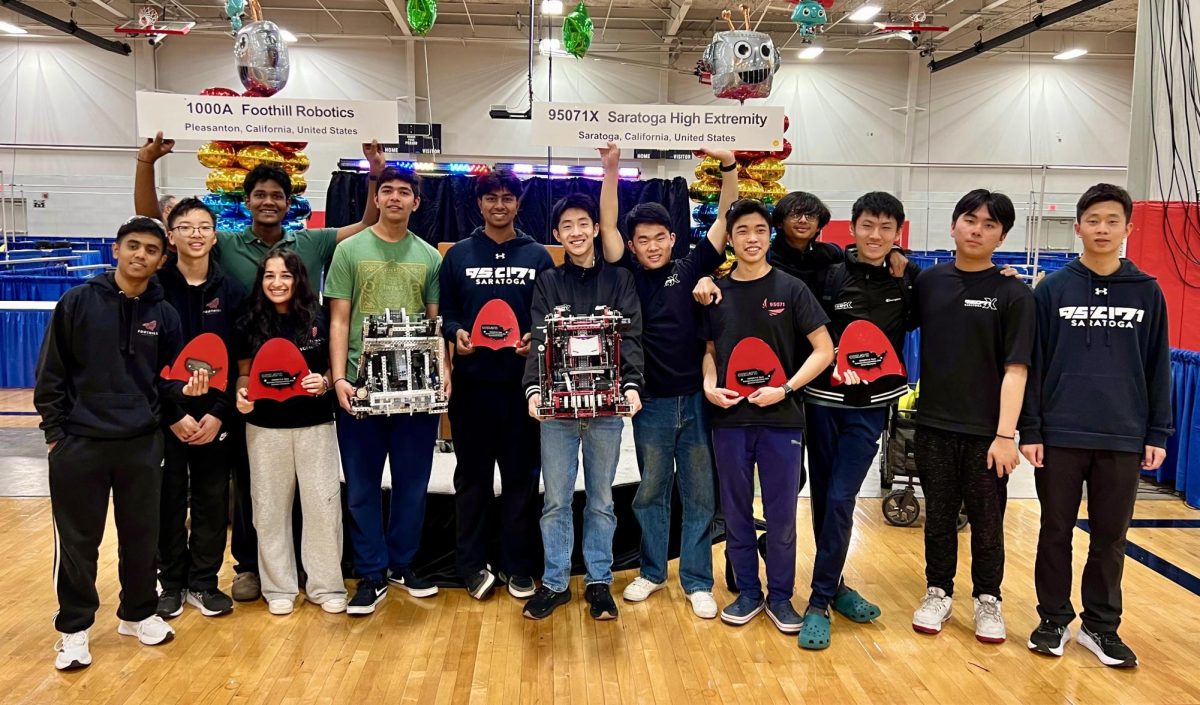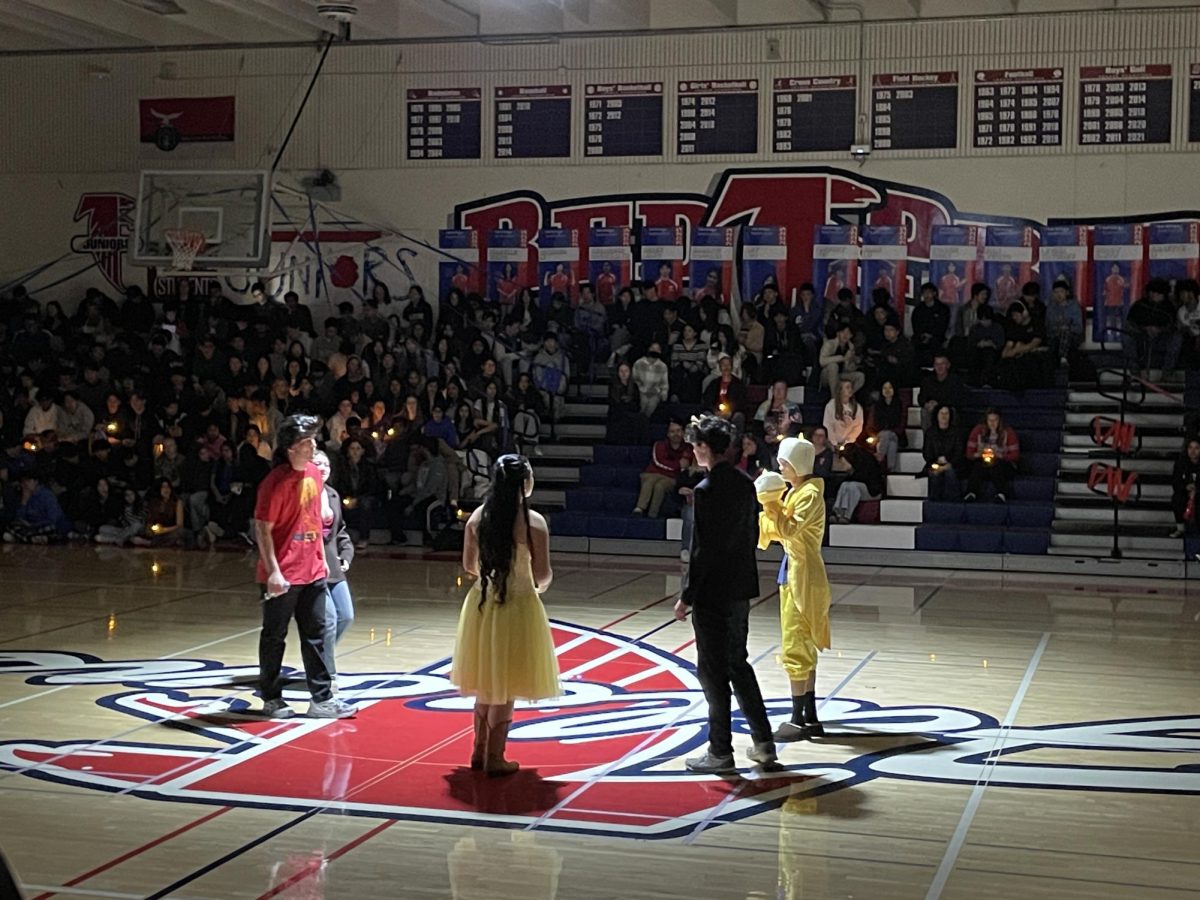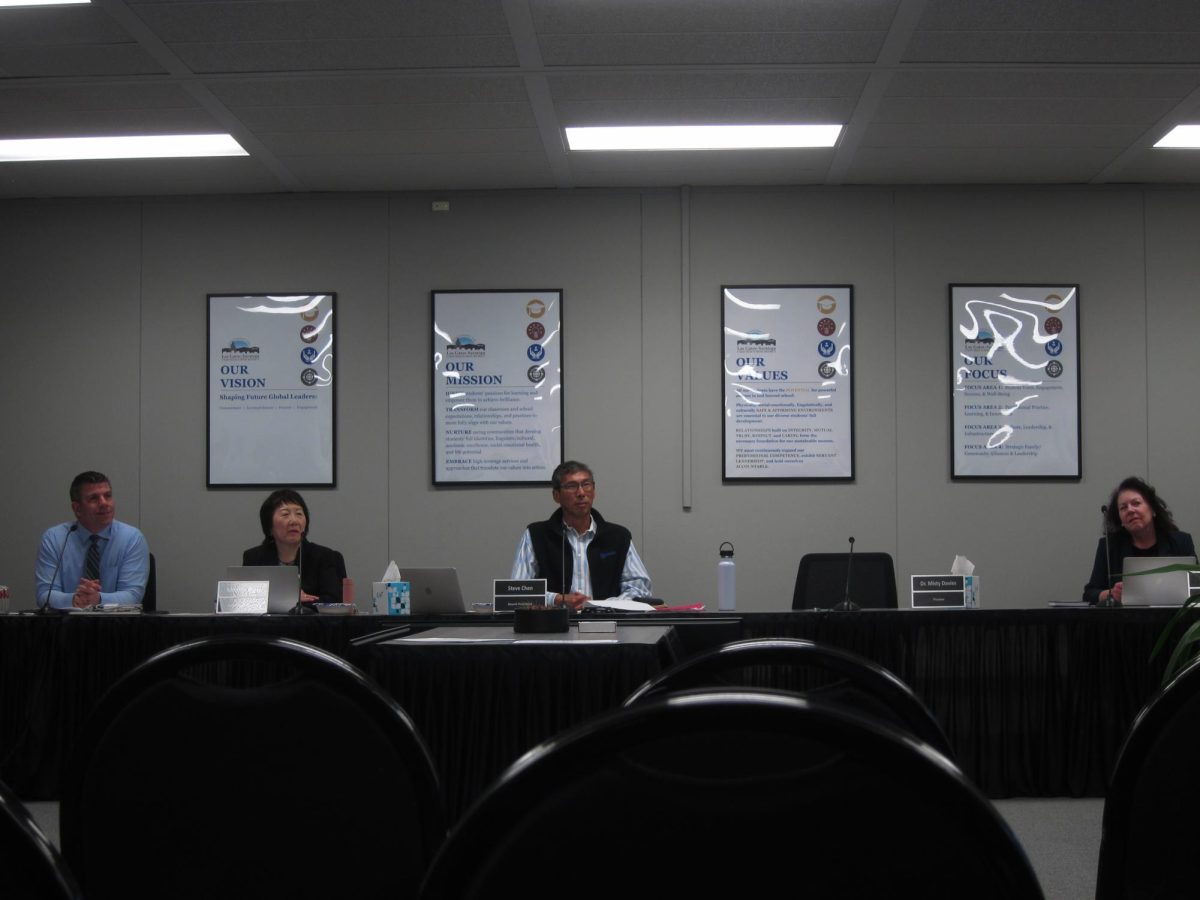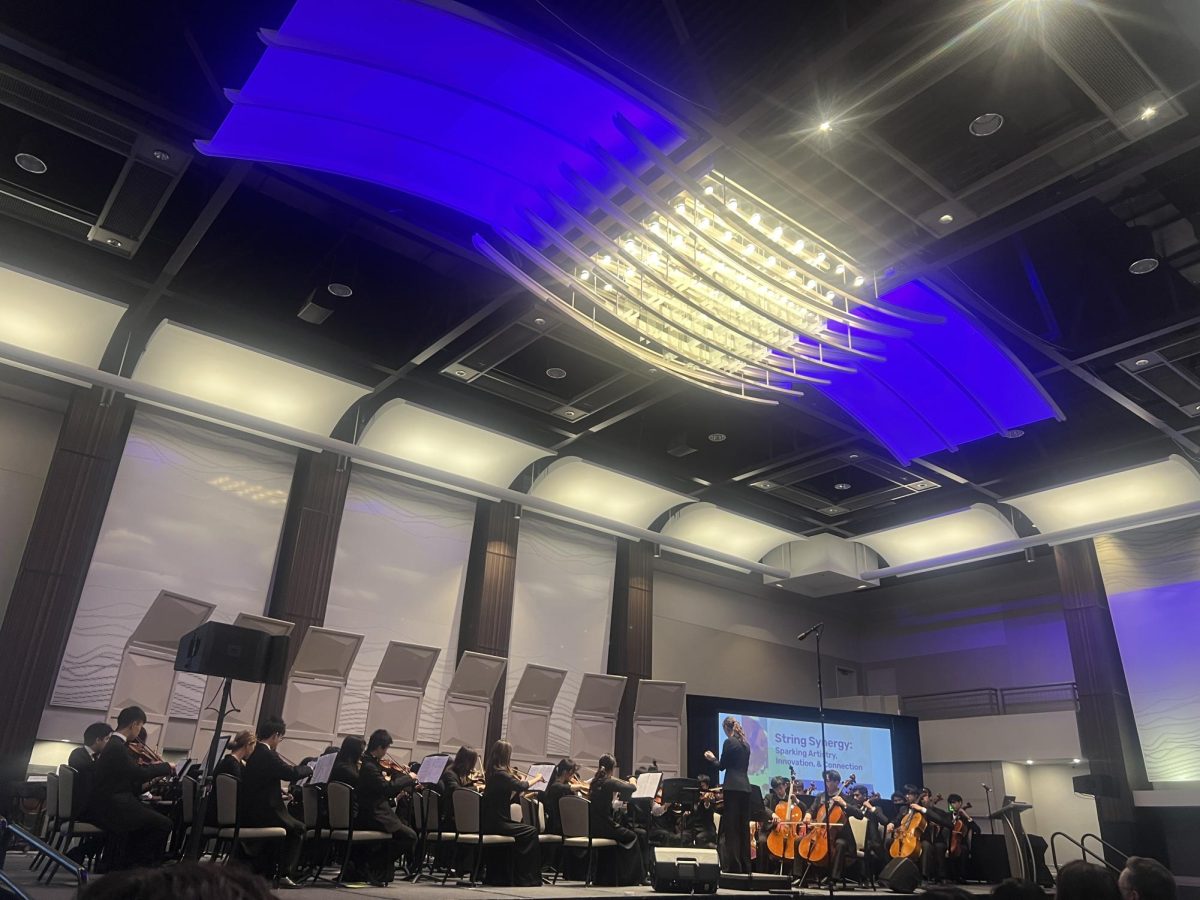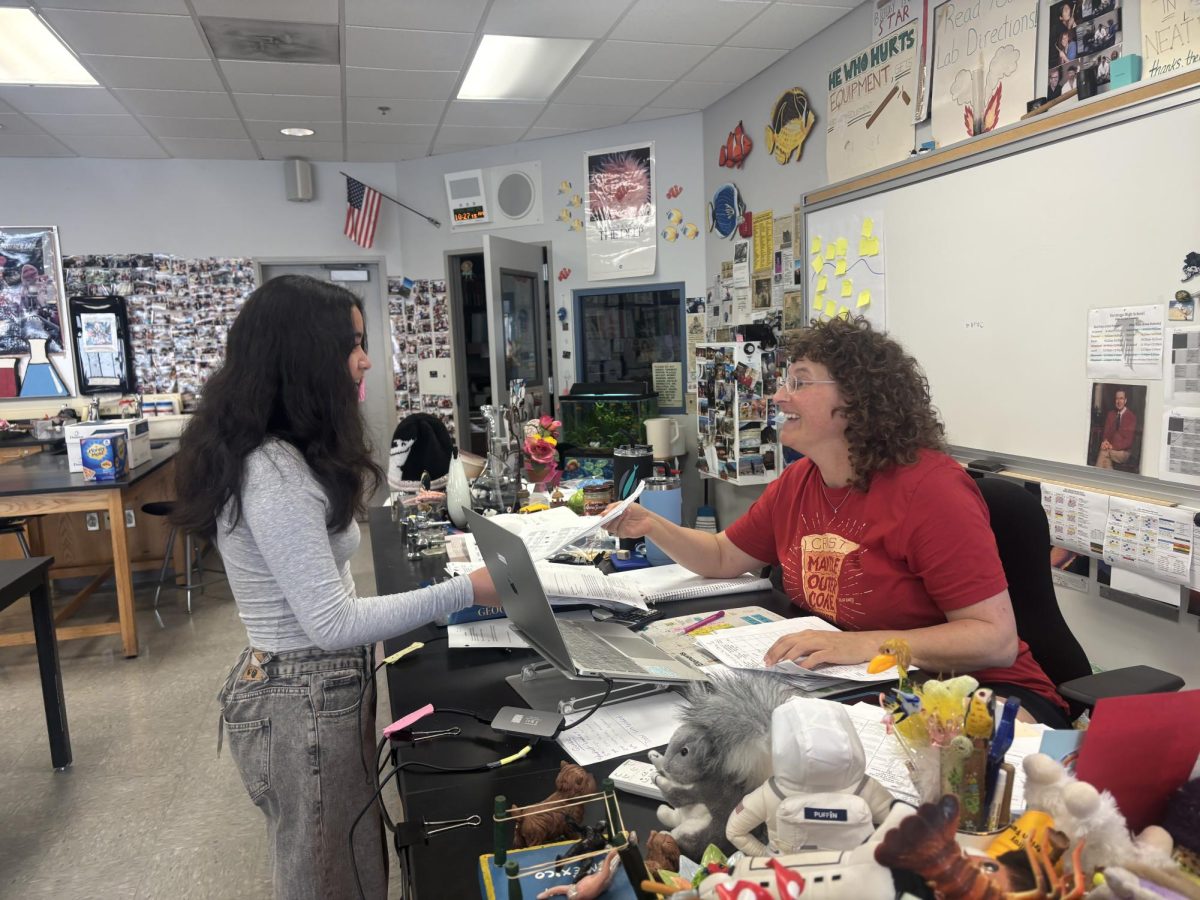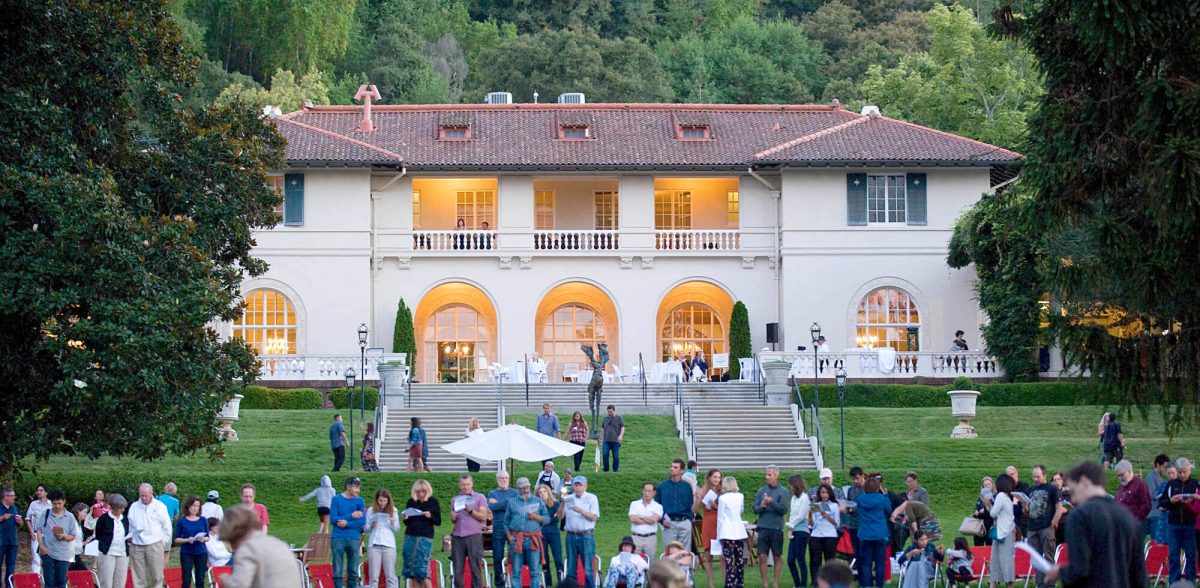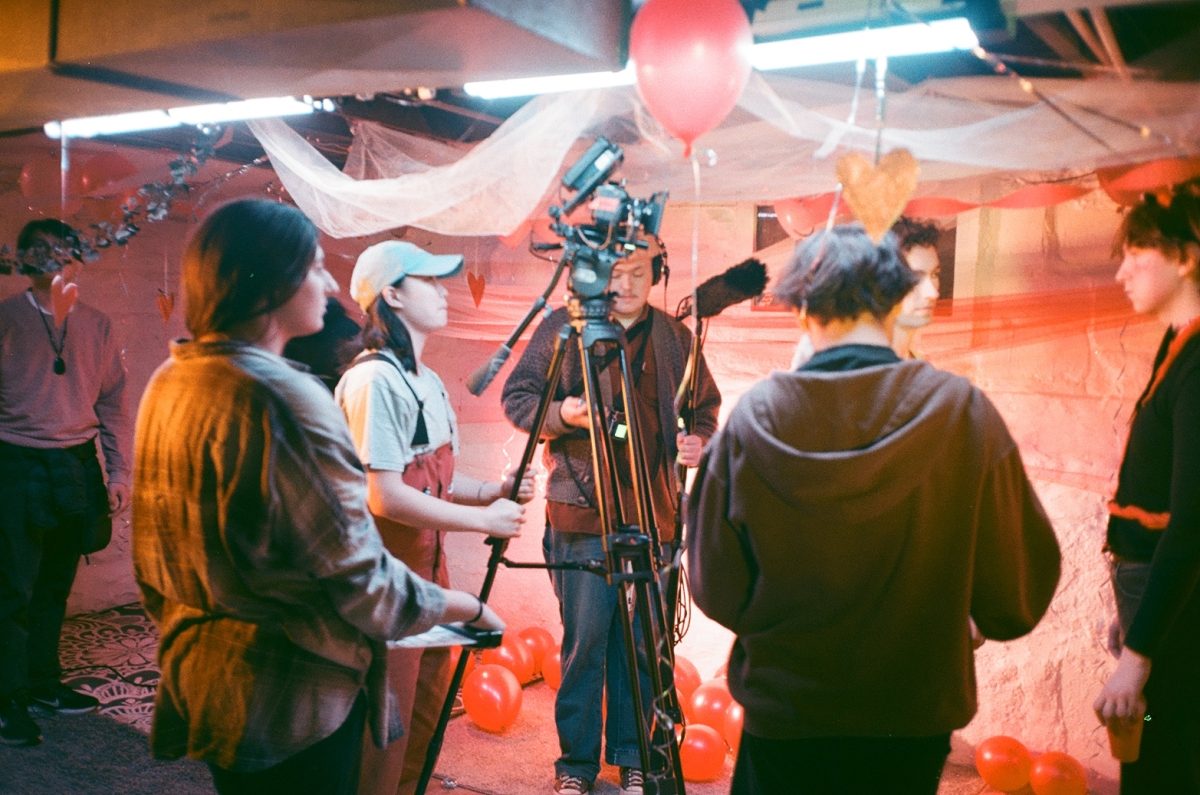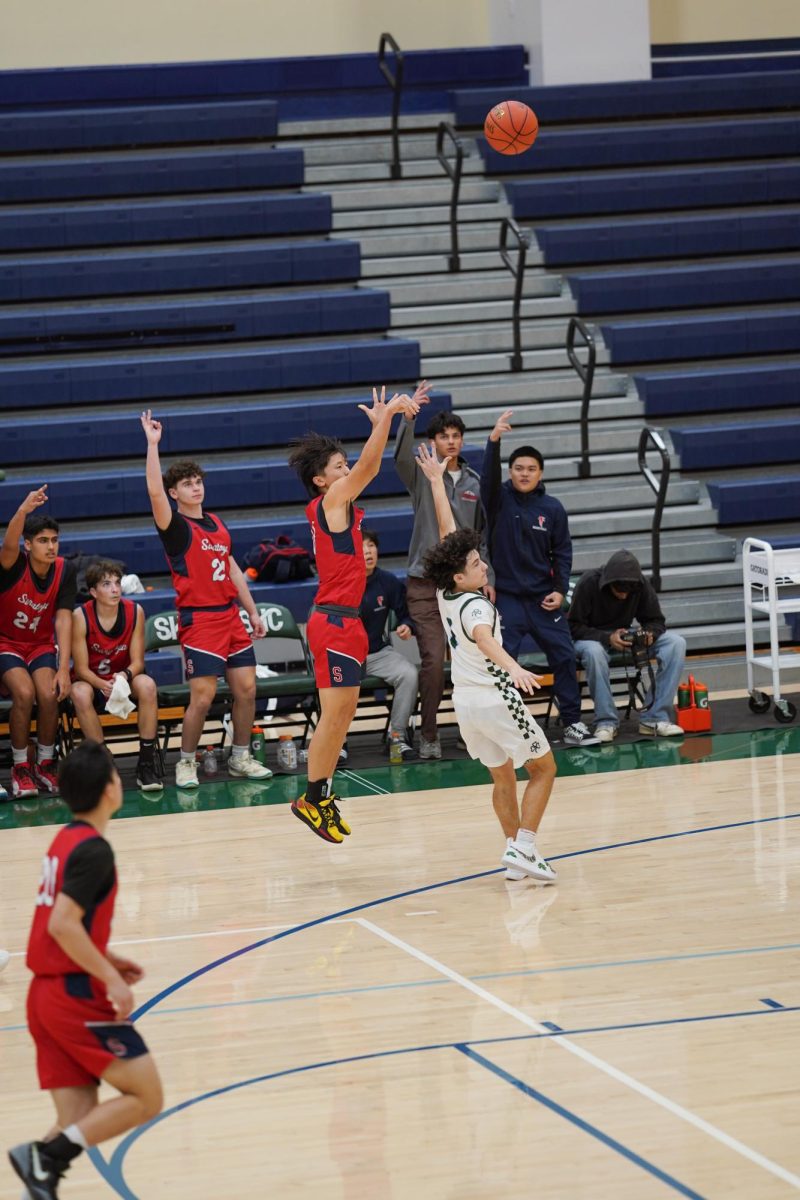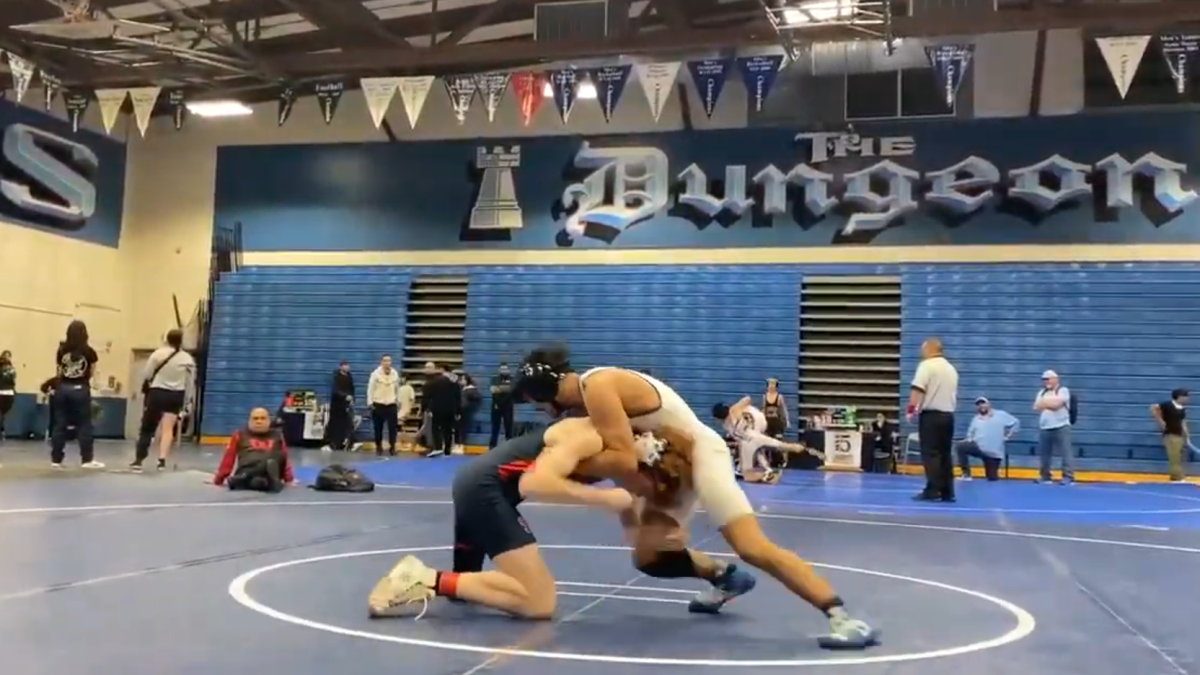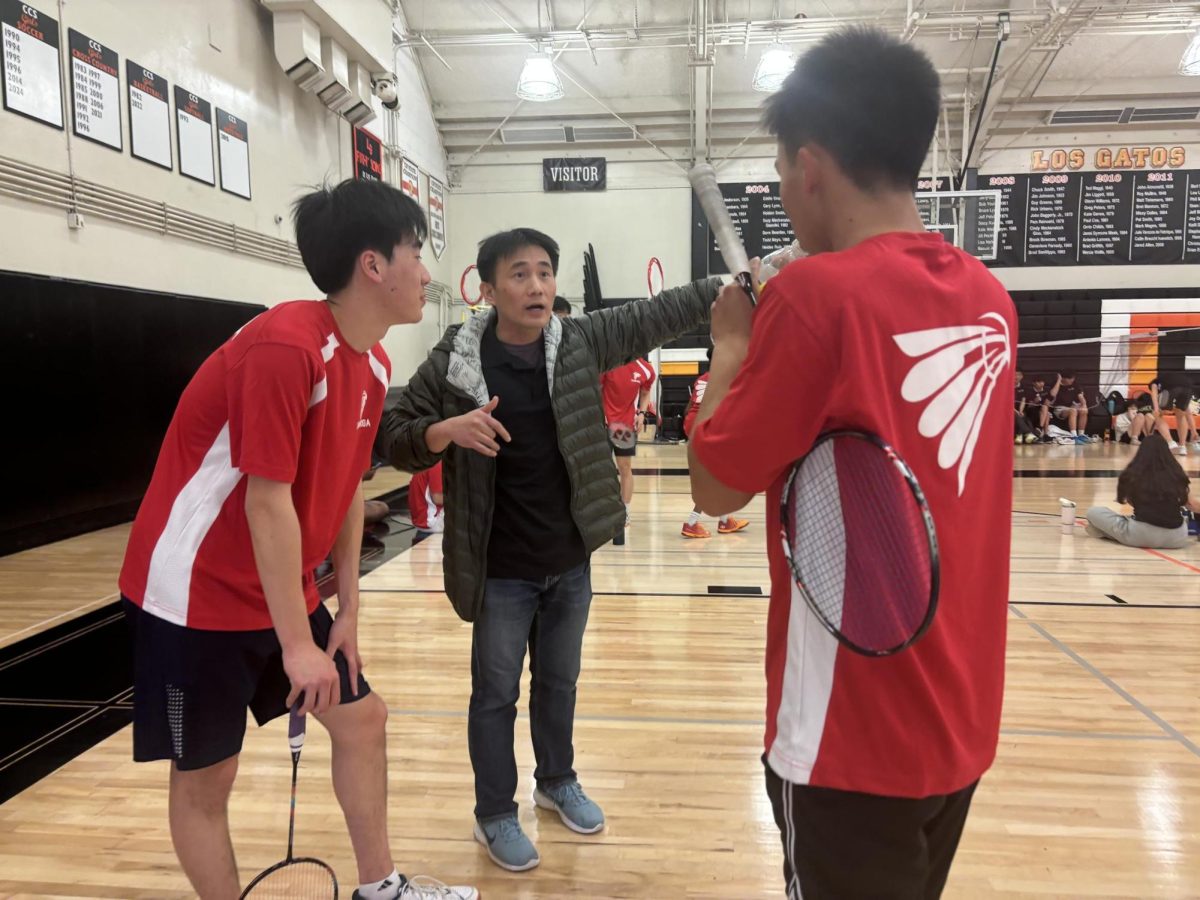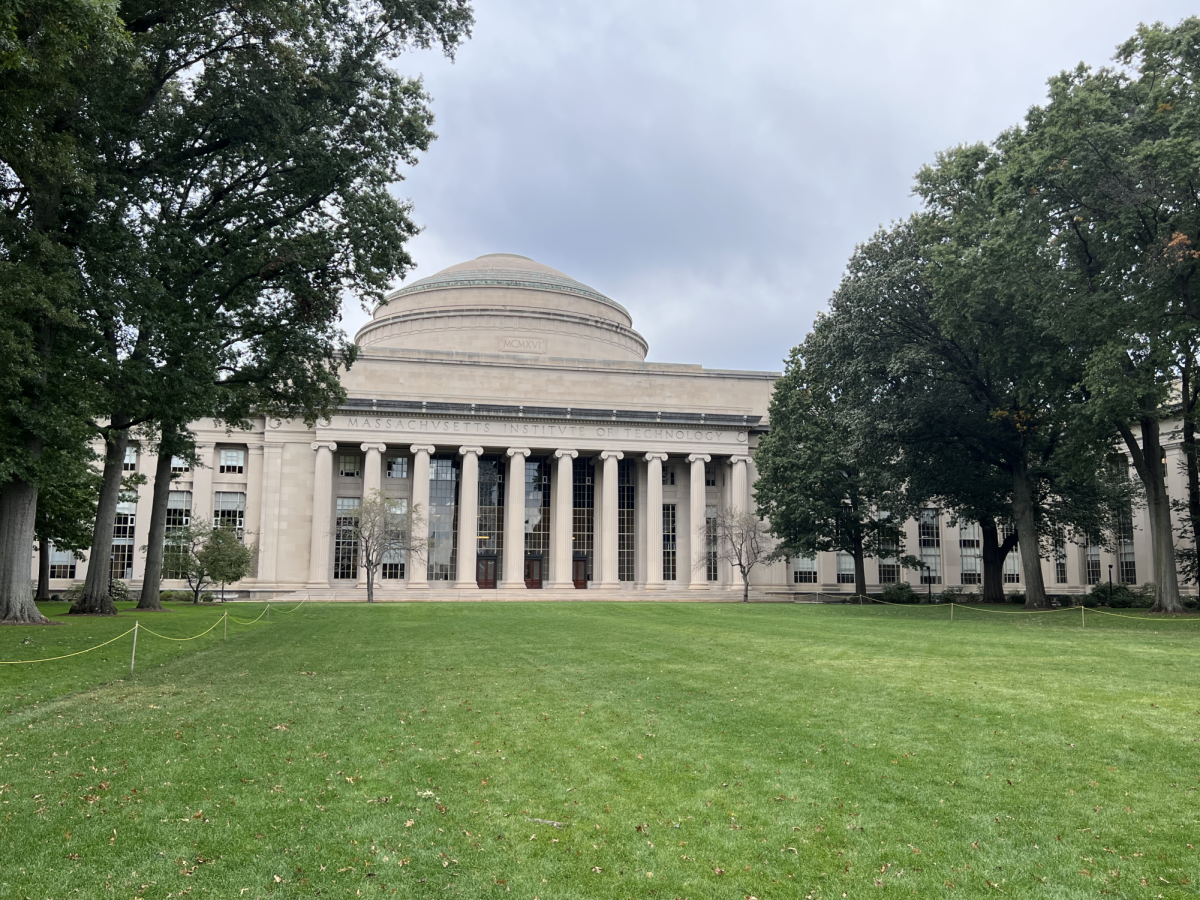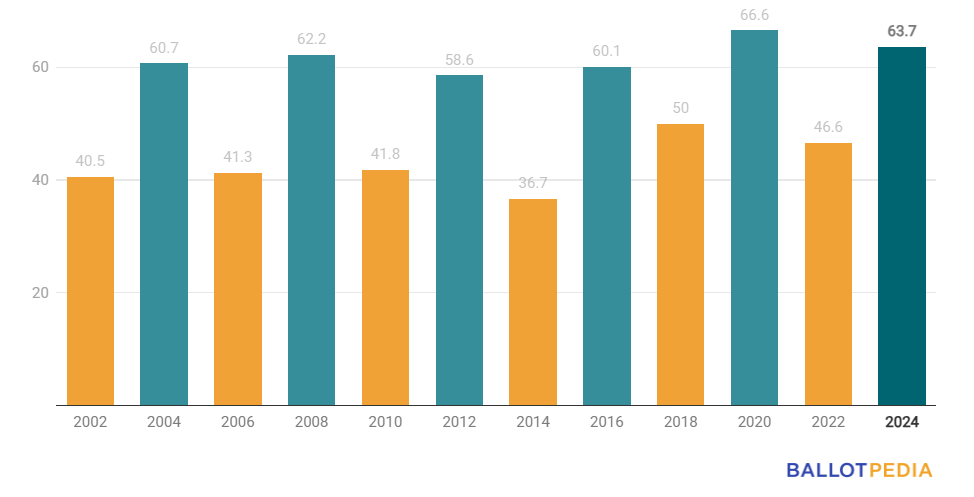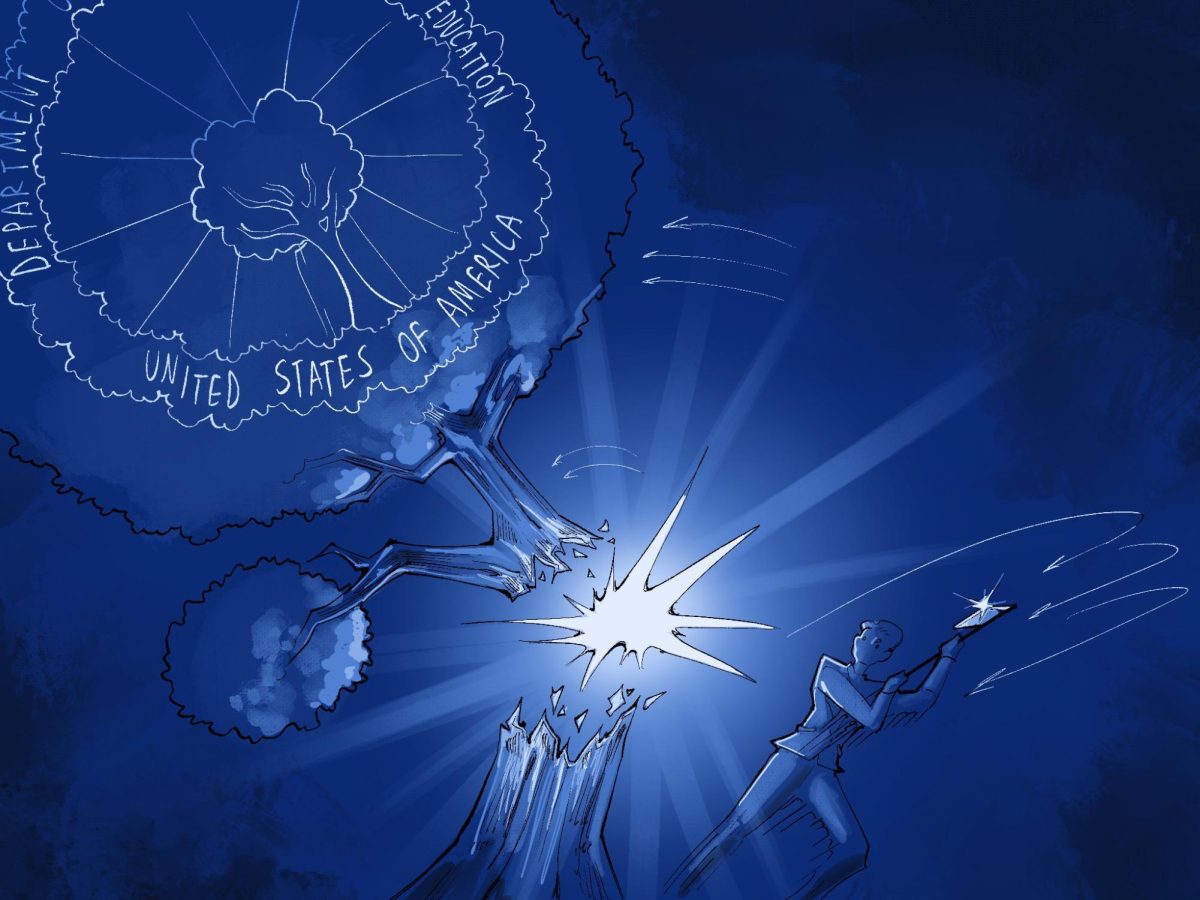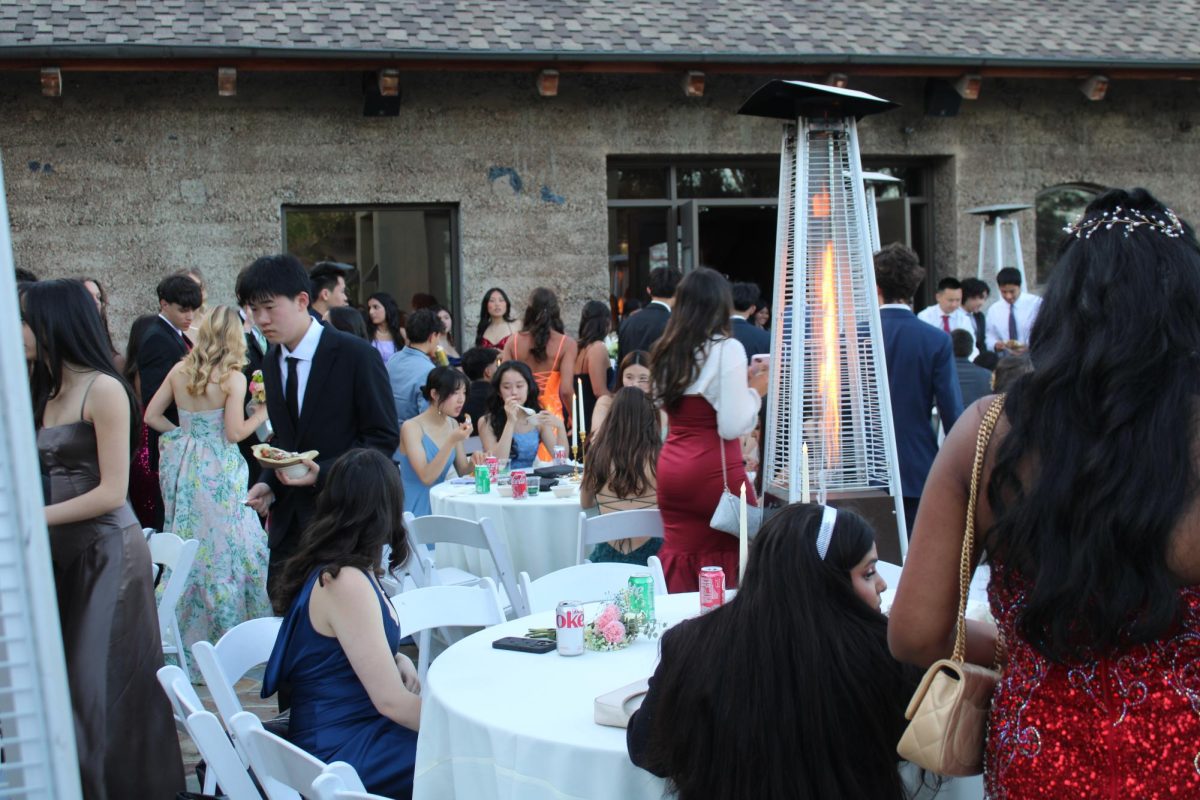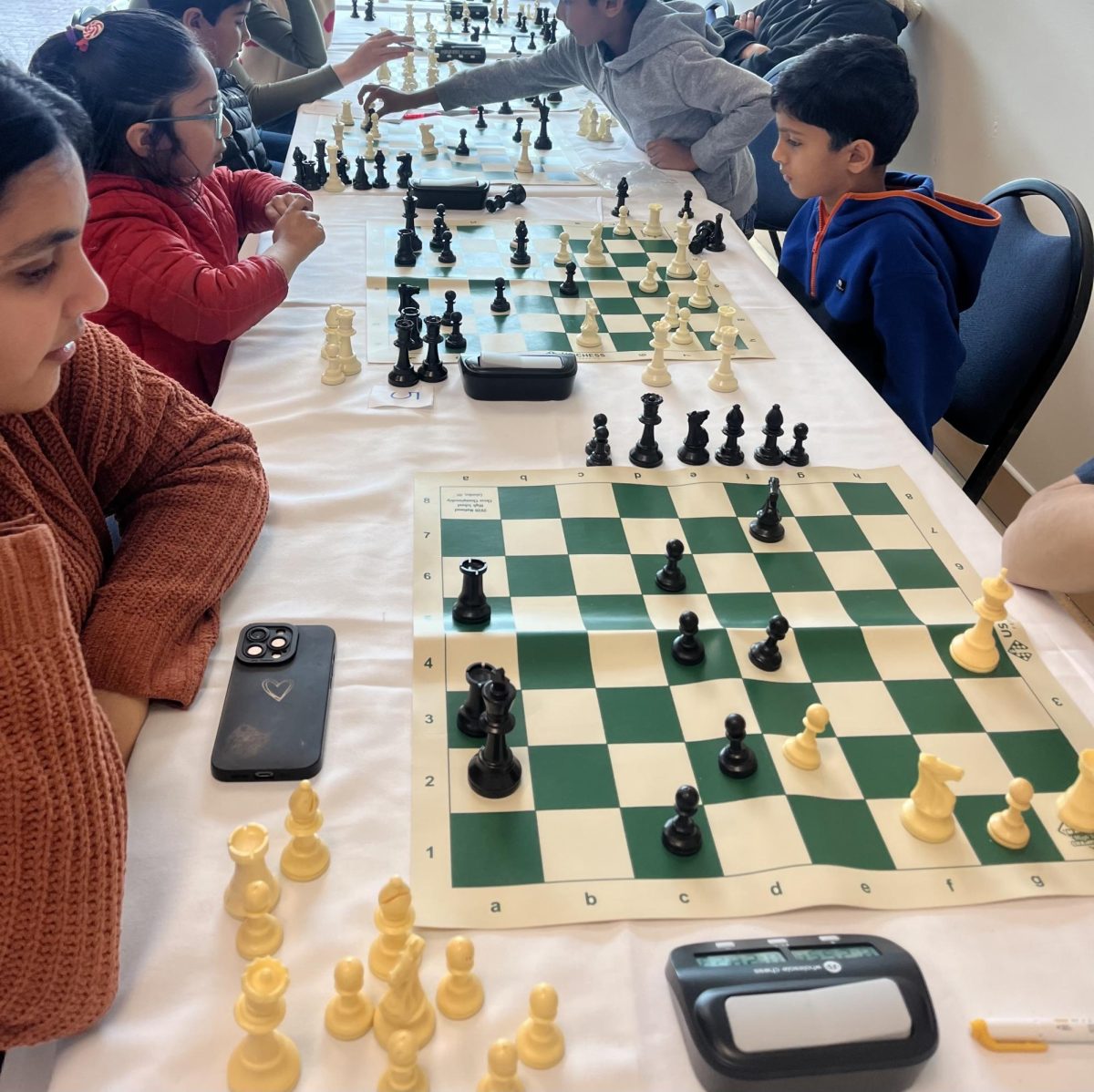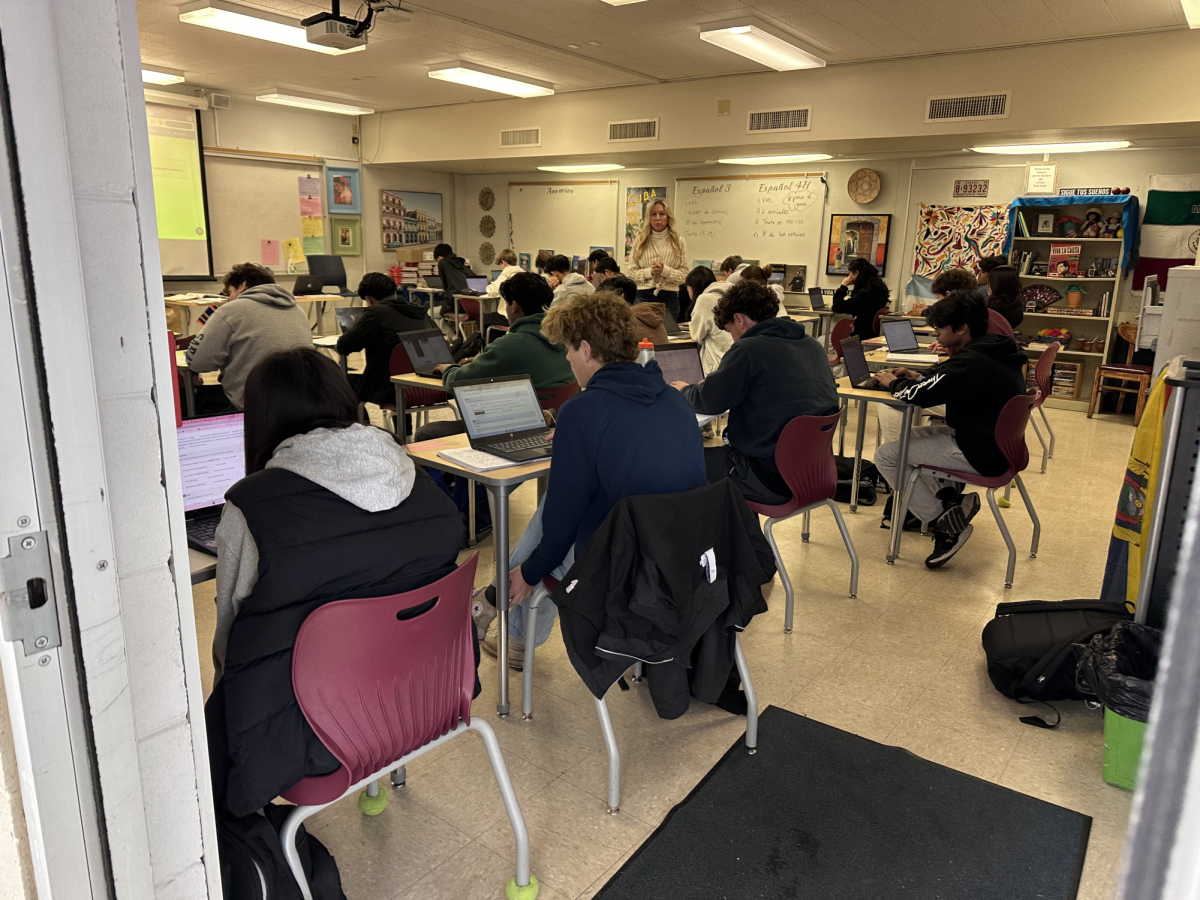Around 40 students participated in the March 20 Stanford blood drive in the small gym, organized by the outreach commission. The committee was able to donate 30 units of blood this year.
According to outreach commissioner Katie Chen, Stanford Blood Center sent volunteers to help draw the blood, while outreach commission worked with other volunteers from Stanford to take care of registration, publicity and organizing the location to be set up for the blood drive.
Due to the lower number of donations this year, outreach commissioner Sally Kim said the commissioners were a little disappointed. She felt that the commission worked harder than previous years, but that the conflicting schedule of the AP Environmental Science trip and the large number of students with colds impacted the donor pool.
“Overall, what we did, I’m not disappointed in our performance; I'm just disappointed on the amount of people who were able to donate,” Kim said.
To donate, students had to be at least 16 while those under 17 were required to bring a signed parental consent form. Students also had to meet the height and weight parameters. Some restrictions barred students from donating, specifically if they had traveled to specific areas outside the country within the past three years. Students had to also have no symptoms of sickness within 48 hours of donating.
Due to these requirements, around 30 students were deferred and were unable to donate blood this year. Last year, outreach commissioners were able to recruit around 50 students to donate.
On the day of the drive, students needed to drink plenty of fluids, bring the required forms and a valid photo ID, and were not allowed to skip any meals.
Students were pulled out from class for around 90 minutes, where they were checked in and evaluated before donating blood.
To combat the toll of losing blood and ensure that participants did not faint from blood loss, the commission provided snacks, such as donuts and rice krispies treats, to all donors after their donation.
Junior Sarah Hess, who donated blood, found the experience to be very fulfilling. Hess said that she was nervous at first, but everyone seemed “really calm” and this helped to appease her nerves.
“It was really cool because they have music and it’s relaxing and you feel happy to donate,” Hess said.
Hess said that she was not allowed to get up after immediately after donating blood and instead she was made to eat food to recover. She said the snacks helped a lot in the whole process. “It’s not as scary as you think it would be and they really take care of you,” Hess said.

